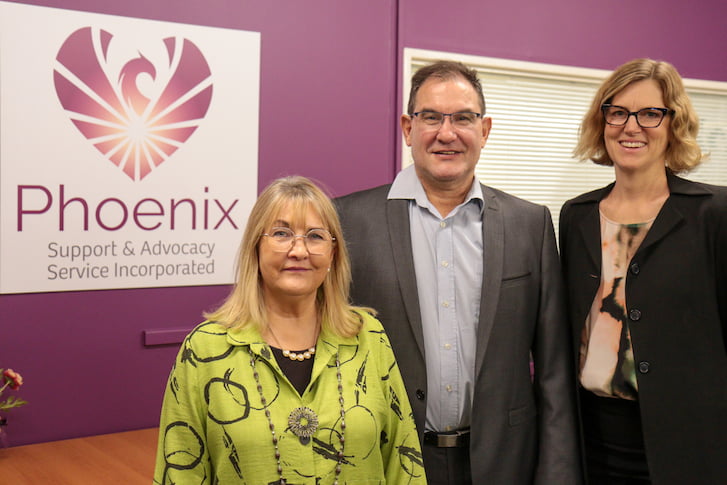The small business failure rate in Australia ranges from 32 to 50 per cent and in many cases could have been averted if business owners had built in a safety net as a plan for unexpected expenses.
https://vimeo.com/365674340
Your business safety net can protect you against events that could cause the end of your company. You create a financial foundation that improves your growth rate and maintains consistency in your business activities.
It makes sense to put this plan in place, especially when you’re a less established organisation.
KPMG Enterprise Partner in Charge Agnes Vacca says constructing a safety net comes down to strategy.
She says a business should be identifying the key risks to its organisation around people, market, location, products/services, customers and suppliers well ahead of time.
“It is about building a plan B, incorporating contingencies for the critical components of your business to ensure things can still operate smoothly if any of those components are affected,” she says.
“When I’m working with clients, I think about things that are critical for a business’s success. It is understanding what those levers are and where a business is most vulnerable.
“For instance, if 60-80 per cent of your company’s income comes from one client, it is critical you understand the risks with that level of exposure and start working towards diversifying the client portfolio.”
She says another exposure could be that your business model, product or service is at risk of becoming redundant as a result of emerging technologies.
“Others in the market may be developing something that’s more competitive than what you’re producing. How are you going to get ahead of that? Knowing your market and your business will help alleviate some of the risks,” she says.
Vacca says people are the essential part of any business and sometimes their sudden departure can cause significant intellectual loss.
“It is great insurance for a company to ensure that multiple people are trained in critical areas so that the business can continue to operate if something were to happen to a key person,” she says.
“It is also critical to understand how reliant you are on any one key person. Quite often businesses, particularly new and growing small-to-medium businesses are very dependent upon one or two people.”
Other safety net tips:
Emergency fund: Allocate a percentage of your business’s profits into a separate account that can keep the business going for three to six months or have access to external funding.
Smooth out your cash flow: Don’t tie up too much money in non-liquid assets.
Create a predictable timeline: Don’t just rely on revenue from existing clients and continuously seek new business opportunities.
Evaluate risks and opportunities: Exercise skepticism and due diligence with every opportunity. If something is too good to be true – it most likely is.






